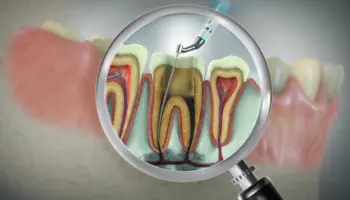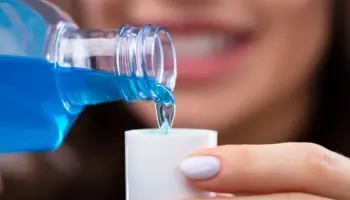Tooth extractions are a common dental procedure performed for various reasons, from decay to alignment issues. Based on the condition of the tooth and the individual’s oral health, dentists use different techniques to resolve dental issues effectively. Understanding the various types of extractions can help patients feel more prepared and informed about their treatment options. Below is a look at the most common types of tooth extractions:
- Simple Extraction – This procedure is performed on visible teeth about the gum line. It’s typically quick and involves only basic dental instruments like elevators and forceps.
- Surgical Extraction – Surgical extractions address teeth that are not easily accessible, such as those broken beneath the gum line. An incision is made in the gum tissue to carefully remove the tooth fragments or impacted teeth
- Emergency Extraction – Emergency extractions are necessary for teeth that are severely damaged or infected. They are urgent procedures to reduce pain and prevent further complications, such as infections.
What Happens During a Tooth Removal Procedure?
Tooth removal is a carefully planned and executed procedure to ensure patient safety and comfort. Each step minimises discomfort while effectively addressing the dental issues at hand. By understanding the steps involved, patients can feel more at ease and better prepared for what to expect. Below, we outline the key stages of a tooth removal procedure, providing a detailed explanation of what happens during each part of the process:
- Initial Examination – The dentist begins by conducting a detailed examination of your mouth, supported by X-rays. This allows them to evaluate the tooth’s condition and determine the best removal method.
- Numbing the Area – To ensure comfort, the dentist administers a local anaesthetic to numb the surrounding area. This prevents any pain or significant discomfort during the removal process.
- Loosening the Tooth – Special tools are used to gently loosen the tooth from the socket. The dentist may need to apply slight pressure or more force to the tooth strategically to make removal easier.
- Extraction and Cleaning – Once loosened, the tooth is carefully extracted in one piece or sections if needed. The area is then thoroughly cleaned to eliminate any remnants or debris, reducing the risk of infection later.
- Post-Procedure Care – After removal, the dentist may place stitches or pack gauze over the site to promote healing. They will also provide after-care instructions to ensure the recovery process proceeds smoothly.
Our Tooth Removal After-Care Tips
To ensure a smooth recovery after a tooth extraction, following the proper after-care instructions is critical. These recommendations help manage discomfort, minimise the risk of complications and promote faster healing. By adhering to these simple yet essential tips, you can support the healing process while avoiding potential setbacks. Below are key guidelines to follow for optimal post-extraction care:
- Apply Cold Compresses – Apply a cold compress to your cheek near the extraction site. This helps reduce swelling and provides relief from lingering pain.
- Avoid Smoking or Alcohol – Refrain from smoking or consuming alcohol for at least 48 hours post-extraction. Both can delay healing and increase the risk of infection.
- Stay Hydrated – Drink plenty of water throughout the day to stay hydrated. Avoid using straws, as the suction can disrupt the healing clot.
- Follow Prescribed Medications – Take prescribed painkillers or antibiotics according to your dentist’s instructions. These ensure proper pain management and prevent any potential infection.
Trust Our Team for Your Tooth Removal
Take the first step toward optimal dental health. At Hampshire Dental Care, we provide personalised care in a welcoming environment. Our skilled team delivers excellent results, whether you need routine checkups, restorative procedures, or advanced treatments.
Don’t put off caring for your smile. Call us today or book your appointment. A healthier, brighter smile is within reach. Schedule your consultation now and experience the difference expert care can make.


